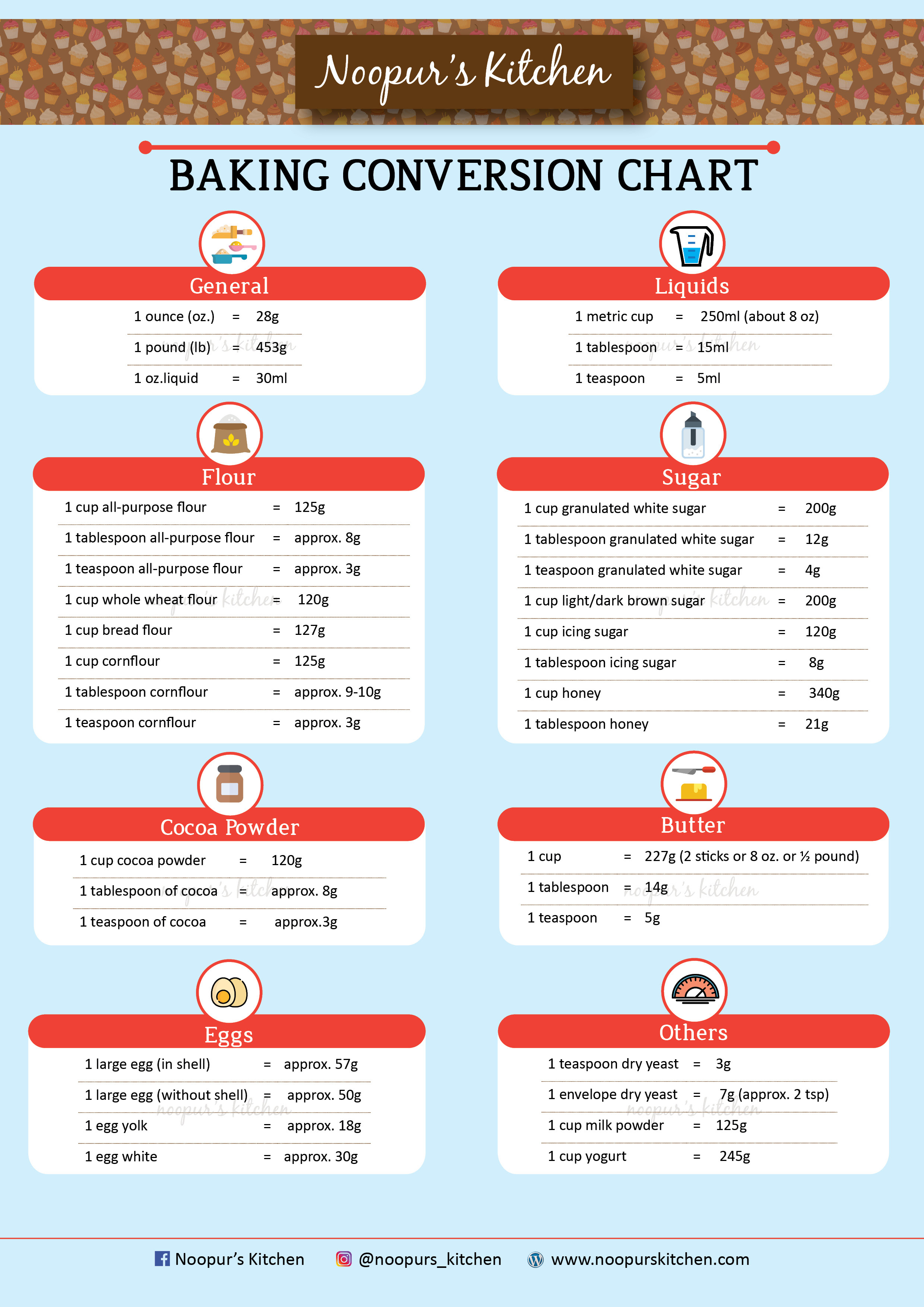

Most bread or pizza dough recipes have a hydration level somewhere in the range of 55-80 percent. The hydration level of any recipe tells you something about how wet a dough the recipe makes. The percentage of water in any recipe defines its hydration level.This would remain true if we were using a mixture of two or more flours in that case the percentages of each flour must add up to 100 percent. By definition, the total percentage of flour is 100 percent.There are several things to note about the above formula: To grasp baker’s percentages, it’s easiest to see examples of the system in use, then play around with them yourself, both on paper and in the kitchen. (Who the hell knows what 0.27 ounces weighs anyway? Nobody, but it’s about 8 grams). Once you become accustomed to it, the metric system is much easier to use, since you rarely need to consider fractions of units, as the basic unit of measure is a relatively small 1 gram. Once you have a good scale, I also recommend you start using the metric system of weights (if you have not already) rather than the English system of pounds and ounces. For useful ideas on what to look for in a scale, I highly recommend this article.

A good scale will cost between $25-75 as an essential tool in any well-equipped kitchen, the expense will pay for itself in no time.

You’ll want a scale that is accurate to at least 2 grams and has a capacity of at least 2.2 kilos/5 pounds, though one with a maximum capacity of 5 kilos/11 pounds is better, since it will allow you to weigh ingredients directly into whatever container you wish. Working with baker’s percentages requires having a quality kitchen scale, since each ingredient, liquids included, will be expressed in terms of weight. In either case, such recipes should be taken with a large heaping of salt.) In my experience, if they aren’t given as percentages, the author either isn’t a baker or has deemed it necessary to dumb down the text for the “benefit” of the reader. (One side benefit that derives from understanding baker’s percentages is that with it one can quickly judge the reliability of a cookbook or published recipe by examining how its dough recipes are written. Learning to work with baker’s percentages can be a little confusing at first, but once you become accustomed to the method, you’ll know why most bakers utilize it. This enables bakers to easily communicate formulas, and allows a baker to quickly assess the features of any particular recipe by simply considering the percentages used. Finally, it provides a common language for describing bread recipes, one that is independent of units of measure. Second, scaling a recipe up or down becomes a simple matter of multiplication, allowing recipes to be altered or adapted with a minimum of fuss. First, since each ingredient must be weighed, it allows for simple, precise measuring and easy repeatability. There are numerous reasons why this method is superior to other types of bread recipe writing.

To my mind, most useful type of bread or pizza dough recipe is one that is written in terms of Baker’s Percentages, wherein the amount of each ingredient is expressed relative to the total weight of flour.


 0 kommentar(er)
0 kommentar(er)
